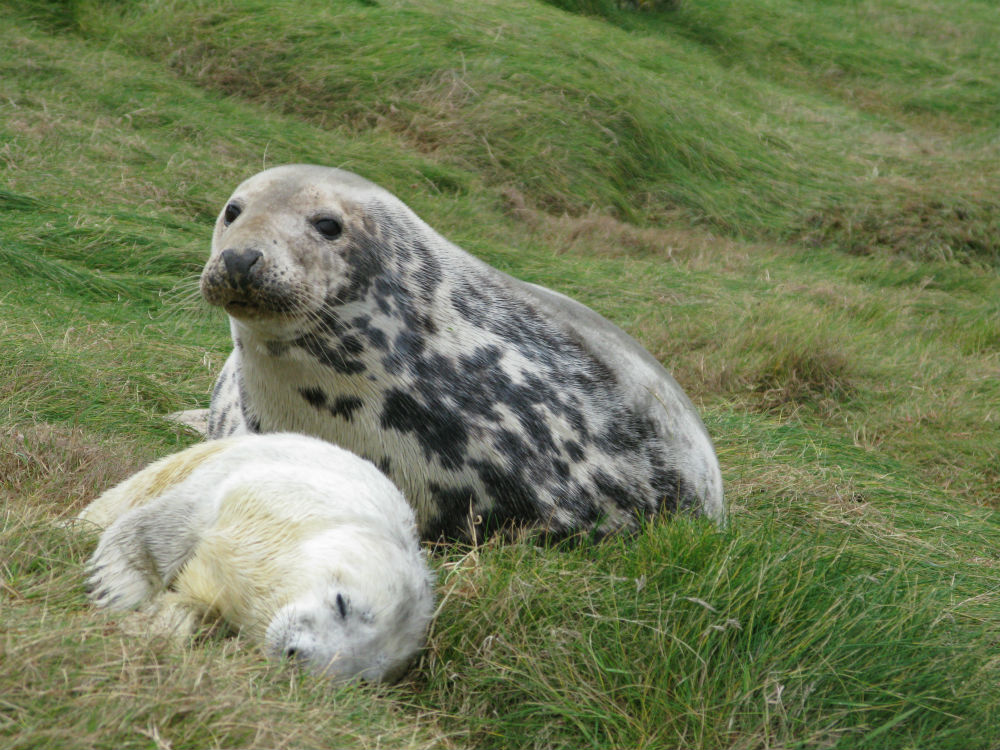New research, led by the Sea Mammal Research Unit (SMRU) at the University of St Andrews, develops method to better record breeding histories of seals, allowing for improved fecundity calculations.
Fecundity is a defining feature of the population dynamics of long-lived animals. Adult female seals typically give birth to single pups in most years so recording how often seals breed is a vital stage in estimating population size. However, some seals appear to “skip” breeding in some years and determining how often individuals breed is then complicated by observability; is a ‘missing’ year a failure to breed or a failure to record a breeding event?
Researchers have used the pattern of sequential changes in a seal mother’s body mass over several years to reconstruct incomplete breeding histories.

The new approach, developed in collaboration with the University of Edinburgh, and published in the Journal of Animal Ecology (Thursday 21 November) allows missing years to be assigned as breeding or non-breeding, producing complete breeding records for each seal and fecundity of all seal mothers to be estimated.
The new method relies on understanding the mass changes that mothers experience in the course of rearing a pup. Rearing offspring is costly, and a seal mother must be in good condition to breed successfully.
Grey seals in the UK are true capital breeders, that is, a mother fasts during the brief but demanding period of pup-rearing, so that all the costs of rearing a pup, including nursing the offspring with high fat milk and sustaining the mother’s own requirements are met from body reserves accumulated before breeding.
If food is scarce before breeding takes place or the mother experiences other difficulties, breeding in that year may be sacrificed as a trade-off against her future survival and breeding.
Multidecadal studies of known seals at the breeding colonies of North Rona in the Outer Hebrides and Isle of May in the Firth of Forth have followed mothers’ mass changes over successive breeding seasons. A mother can lose 40% of her initial mass in each breeding season while she nurses a pup, and typically this is recouped by the start of the following season.
However, over the study, numbers of grey seal pups born at North Rona have declined, while at the Isle of May, pup numbers have increased and stabilised.
“If a mother expends too much in breeding, she is likely to suffer reproductive consequences”, said Dr Paddy Pomeroy, from the Sea Mammal Research Unit.
